
The 1930s was one of the most tumultuous decades for Germany. Already crippled by the debt they accrued from World War 1, the European nation faced even tougher times following the ripple effects of Wall Street’s stock market crash.
With such instability and poverty, the population was receptive to the words and promises of Adolf Hitler and the Nazi Party, setting in motion a chain of events that would greatly–and tragically–alter the course of history.

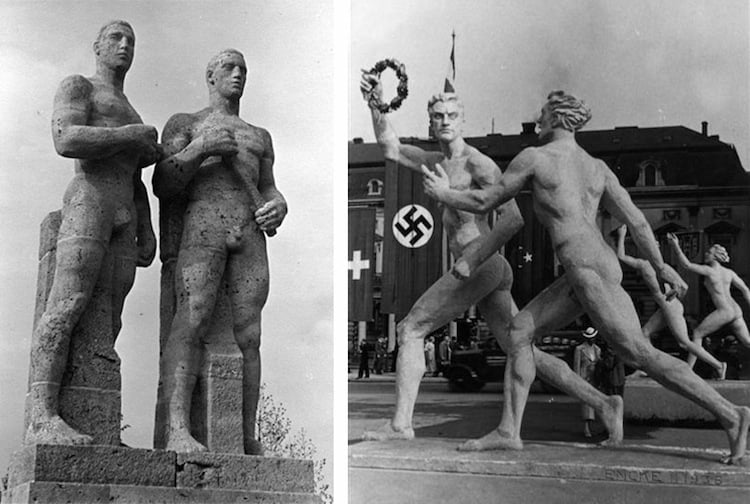
The grip of Nazism in the German capital of Berlin had begun the decade before, but it hit fever pitch in 1930 as Hitler and his Nazi Party launched a campaign to be voted into parliament. There were thousands of meetings, torchlight parades, propaganda posters and millions of Nazi newspapers in circulation.
Hitler restored much of the population’s hope with vague promises of employment, prosperity, profit and the restoration of German glory. On election day in September 14, 1930, the Nazis were voted into parliament and became the second largest political party in Germany. This power increased by 1933, with Hitler named the Chancellor of Germany.

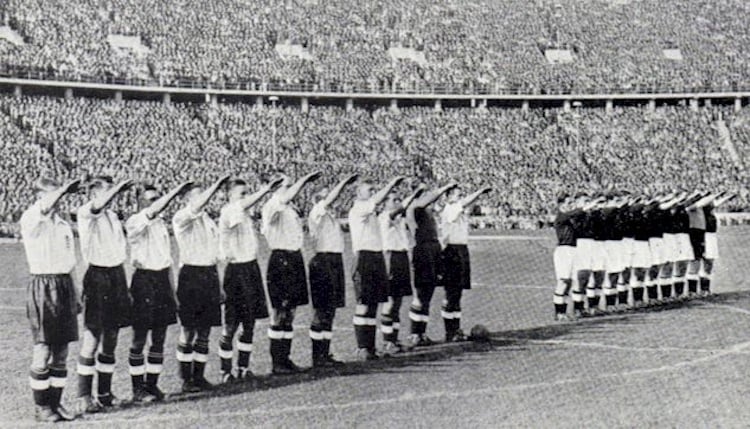
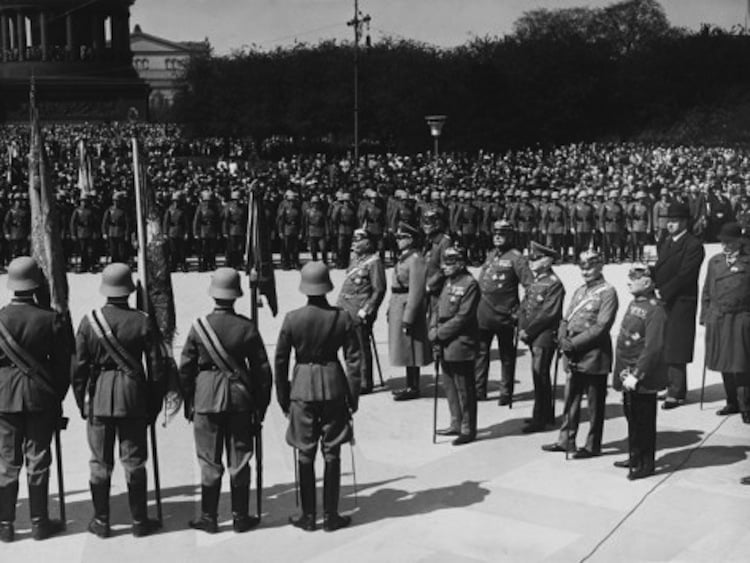
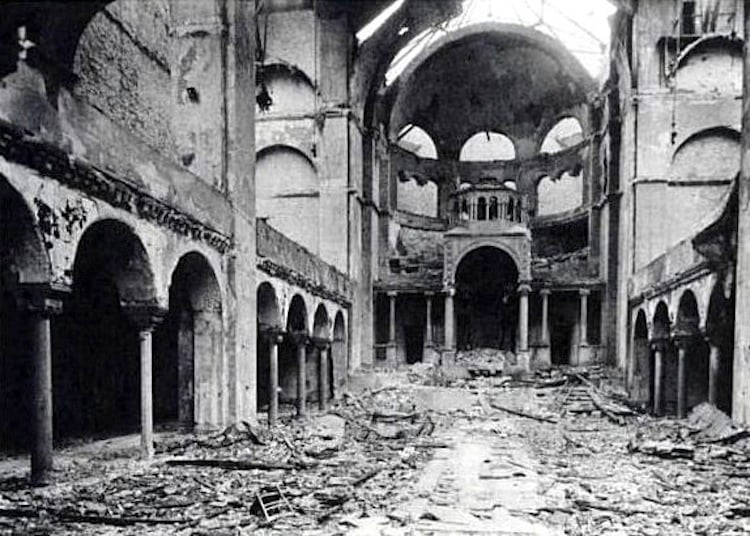
The rest, as they say, is history. The Nazi Party extended their power and reach with the formation of the Gestapo, the introduction of new laws sanctioning the persecution of Jews and other minorities, the establishment of concentration camps and the annexation of neighboring countries. Events including the 1936 Berlin Olympics were used as propaganda to perpetuate the image of Nazi Germany as a prolific and perfect governing party.
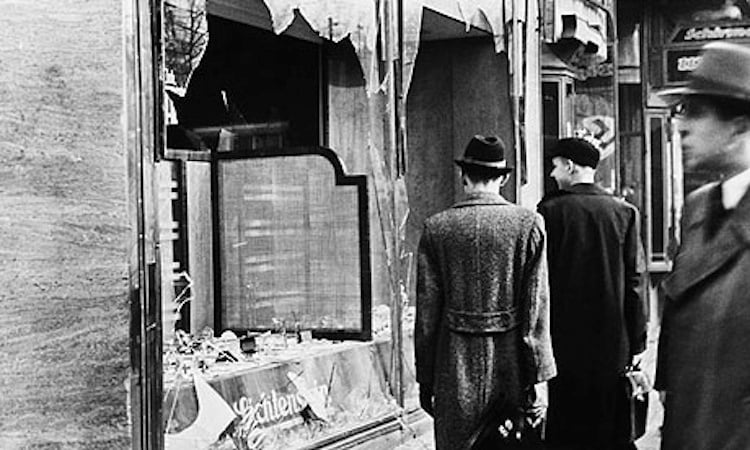
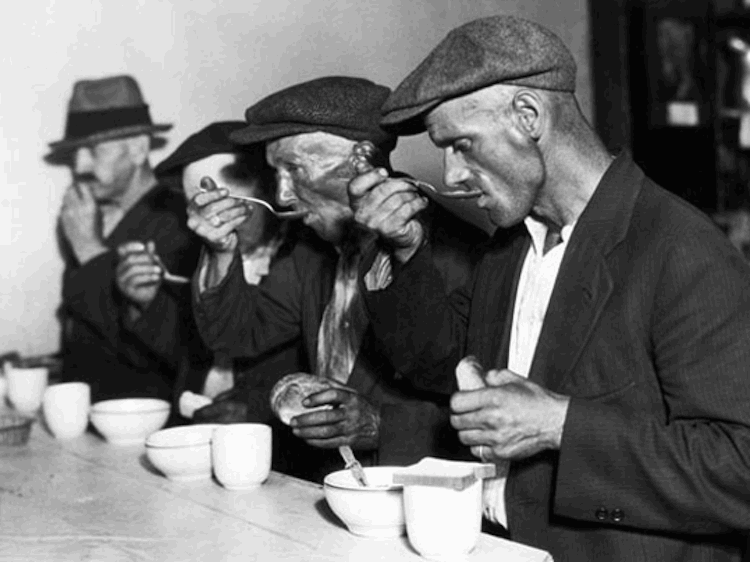
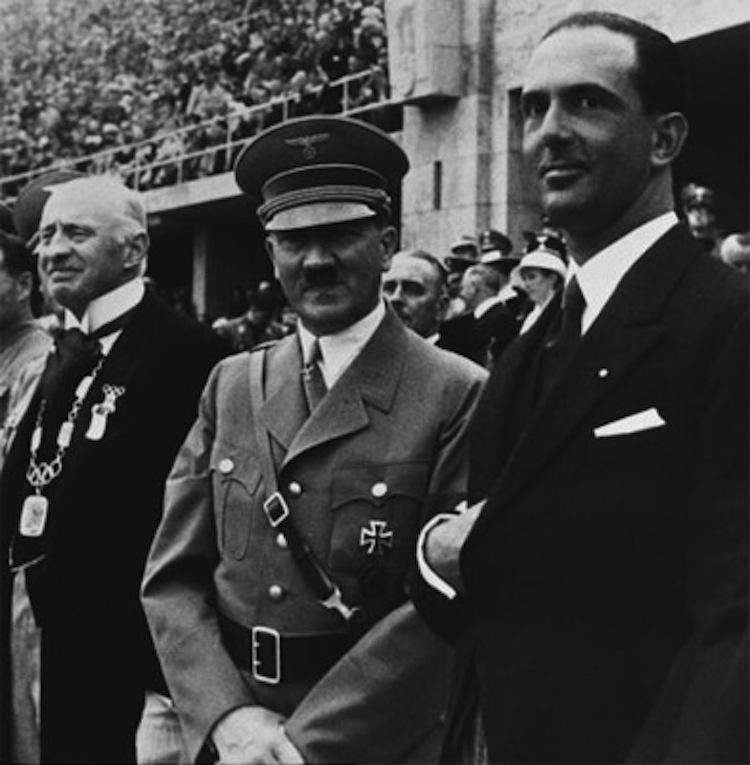
The end of the decade saw the escalation of tension with two major events in Berlin. The first was Kristallnacht (the Night of Broken Glass), triggered by the death of German diplomat Ernst vom Rath by a Jewish youth named Herschel Grynszpan.
It was held in November by the Hitler Youth, Gestapo, and SS and involved the arrests and murders of thousands of Jewish people and the burning of synagogues in Berlin and across Germany and Austria.
The second and most important was the declaration of war in 1939 after Germany invaded and occupied Poland. Despite the British Ambassador in Berlin demanding the German government to withdraw troops, no action was taken and on September 3rd, 1939, Neville Chamberlain declared war on the nation.




